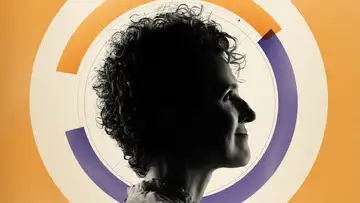Invasive Species, Wealth of Nations, Stepdads, Hostile BossesTop of Mind with Julie Rose • Season 1, Episode 18
Mar 4, 2015 • 1h 43m
Eat 'Em to Beat 'Em (1:17)
Guest: Matt Barnes, Assistant Professor in Natural Resources Management at Texas Tech University. Co-founder of invasivore.org
This weekend marked the end of the National Invasive Species Awareness Week.
The EPA defines an invasive species as “a plant or animal that is non-native to an ecosystem, and whose introduction is likely to cause economic, human health, or environmental damage in that ecosystem. Once established, it is extremely difficult to control their spread.” These species grow rapidly and are causing some concern. Some Notre Dame graduate students decided to take this threat head on, and come up with a way to fight back against invasive species in a very unique way.
“We focus mostly on the education. The idea of eating invasive species all started with exhausted biology students at the field station. We were unwinding one evening with a tongue and cheek eat your study dinner. We noticed that those non-harmful invasive species were on our plate and we started to wonder if we were on to something,” says Barnes.
“The website gives us a chance to talk about biological invasions more generally. It allows us to provide education on invasions,” says Barnes.
“It’s a topic that is unknown to a lot of people and I think with these creative approaches like eating invasive species is a good excuse to talk about it,” says Barnes.
G Proteins (24:14)
Guests: Rebecca Plimpton, PhD. Candidate in Biochemistry at BYU
Barry Willardson, Faculty Advisor in the Biochemistry Department at BYU
Your ability to react fast – and without having to think “Okay, I need adrenaline” – is a result of a special class of protein that has long mystified scientists. So-called “G” Proteins are like the switchboard operators in your cells, telling various processes when to turn on and off.
“We were actually looking for something that happens with G proteins before its attached to the cell membrane. All proteins when they are made start out as a long string of atoms all connected together and